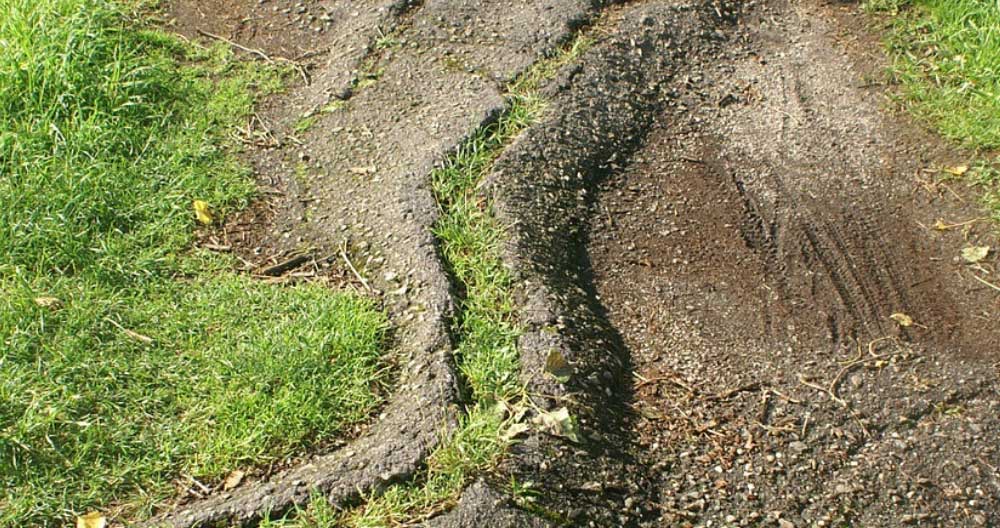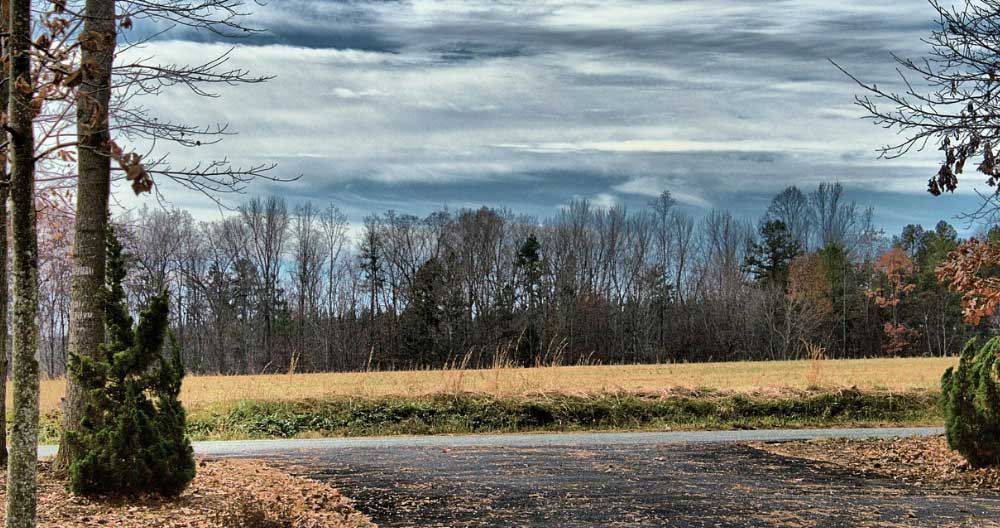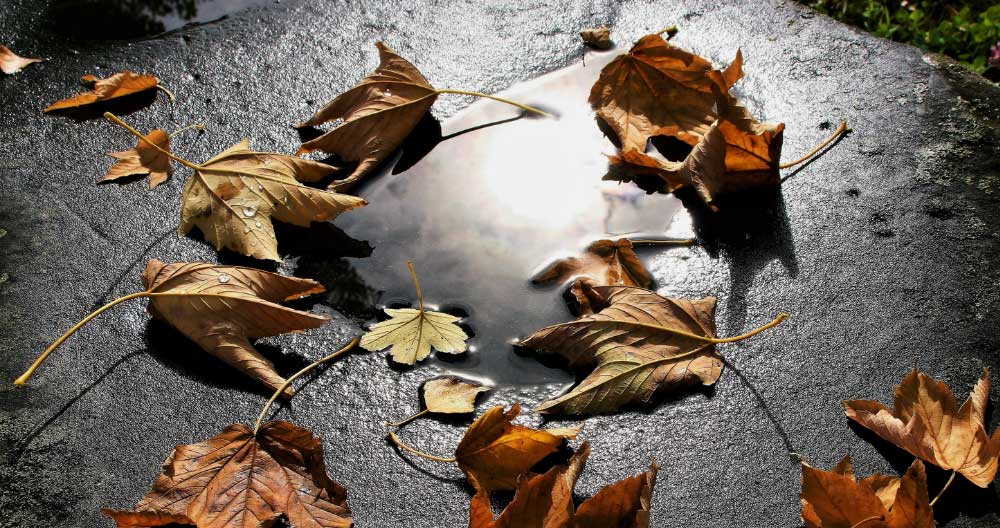Caring For Your Driveway
Driveways: not everyone has them, but those who do appreciate them. But they also know they can be a pain to maintain. No matter the type of driveway you have, there are many things in common about their care. This article will cover everything you’ll need to know to keep your driveway looking good and working properly.
Stamped concrete is the best option for your driveway. If you haven’t gotten around to upgrading yet, though, we know it’s still important to maintain your current surface until you’re able to make the change. So take these tips to heart no matter what your driveway is made of!
Why Driveway Care Is So Important
A cracked, broken or stained driveway is an eyesore. Cracks look bad. They also allow unwanted weeds to grow, increasing the number of issues. And a driveway that’s started to break down will bring dust and pebbles into the house.
But it isn’t just an eyesore. It also can pose serious risks to people and to the cars that park on them. Cracks can cause unnecessary strain on the suspension and tires–even damaging tire rims if the cracks are serious. They also get underfoot and can trip young children and the elderly.
If you live in a climate with big temperature differences, like most of Canada and the northern half of the United States, driveway maintenance is especially important. The freeze-thaw cycle encourages water to seep into the nooks of a driveway. As the water freezes and expands, it is essentially crowbarring the driveway to pieces. But maintenance can prevent this intrusion and extensive driveway damage.

Tips For Caring For Your Driveway
Maintaining a driveway doesn’t have to be a pain. Keeping up a good routine will minimize damage and actually save you time and money in the long run. There are a few easy ways to help keep your driveway going strong for years to come.
This advice is especially true for maintaining your stamped concrete driveway. If you haven’t upgraded yet to stamped concrete, we’d love to talk to you about its benefits. But even with your current surface, these tips will help you keep your driveway in good shape until you can make the transition.
Choosing Your Trees Wisley
One of the most important things you can do comes even before the driveway is put in. Make sure that the area you’re putting the driveway in is suitable. This means keeping it away from thick-rooted plants like trees and shrubs. The shade may be nice, but aggressive tree roots can do a lot of damage. So either the driveway’s placement has to accommodate such existing trees, or the trees have to go.
Another thing to consider with trees is the litter they produce. Fallen leaves and seeds can trap moisture. That, in turn, can cause stains on the driveway or even begin to erode the sealant. Fruit-bearing trees in particular can wreak havoc on a driveway if you aren’t careful to wash off any fallen material.
If you do want a tree to provide shade for your driveway, there are options. You’ll want to find trees with small root balls or that rely on singular taproot structures which tend to delve down rather than out. Hedge maple, Arizona cypress, ginkgos, and Japanese crepe myrtles all provide good shade without risking too much damage to the driveway.
On the other hand, ash, locusts, cottonwoods, box elders, silver maples, sycamores, and oak are all tree species to avoid because of their fast-growing and tenacious root systems.
Keep Water Away…
Even if your driveway is tree- and litter-free, you’ll want to be cautious about water accumulation. When we install driveways we design them so that water will runoff. Stamped concrete also is sealed and should be resealed about every 2.5 years. However, it’s always good to take suitable steps to help that sealant hold up.
If your current driveway does have spots water tends to collect, consider resurfacing or patching that area until you can have the whole thing graded and a stamped concrete surface installed.
When water sits, it will find any possible way to penetrate the surface. Even the tiniest cracks provide access and will widen over time. That’s especially true if the water freezes inside.
Alternatively, you could be careful to sweep away collected water before it seeps in. Obviously, that means more work for you in the long run. But even though your driveway does have a good seal and will hold up, it’s important to remember that water is powerful – just look at the Grand Canyon. Over time, it can do damage.
This also means you need to be cautious of what you store on your driveway. If you keep, say, snowmobiles or a lawnmower covered on the driveway, be sure to move the cover after rainfall and let the area underneath drain and dry.

…And Chemicals Too
While water can be a primary agent of damage to a driveway, oil and antifreeze leaks can also do a number on it. These chemicals leave stains and break down the sealants used on any driveway. It’s true with asphalt, as we can see anywhere on a city street where cars regularly park. But they’re also dangerous to the types of sealant used on stamped concrete.
No sealant is perfect. It does go a long way to protect your installation, but not caring for it correctly can lead to its failure. As we’ve said, the sealant on stamped concrete should generally be reapplied every 2- 3 years.
In short, the important thing is to give your driveway a little bit of TLC. Understand how the weather can impact the longevity of your driveway. Take the simple steps necessary to help preserve your investment.
Spring and fall are great times to take a good look at your surface to identify any issues. In fall you should be especially cautious of litter allowing time for water to seep in. These steps can make the wintertime less damaging and much easier to deal with.
Winter Weather Concers
In the northern US, winter is the absolute enemy of any outdoor surface. But it doesn’t have to be destructive. Your driveway can and will survive the season with a bit of care. Obviously doing all that you can to prevent buildup of ice and snow on your driveway is going to make the biggest difference.
But if that means plowing, think twice: plows can be rough on any surface. Whatever freeze-thaw damage they help prevent, they may end up causing through chipping the surface. Its always better to use a plastic snow shovel, too.

When you need to get rid of snow and ice, remember that road salt is corrosive. . These are less harmful but still effective. Salt is particularly harmful to the sealant of stamped concrete. Plus, it can lead to extensive rusting on the underbody of your car. It also gets tracked into the house where it can damage floors, rugs and other items it comes in contact with.
There are de-icers that do not use salt. Your contractor can give you advice on the best de-icing products available to you locally.
Conclusion
Keeping your driveway as sturdy as the day it was laid down doesn’t have to be a full-time job. Just by managing the factors that can cause water to seep into it, you will extend its lifetime. Again, the easiest way to do this is to prevent water-trapping litter on the driveway, exercising caution during the winter and avoiding roots that may damage the driveway. This simple plan will make a long-term difference without much extra work for you.